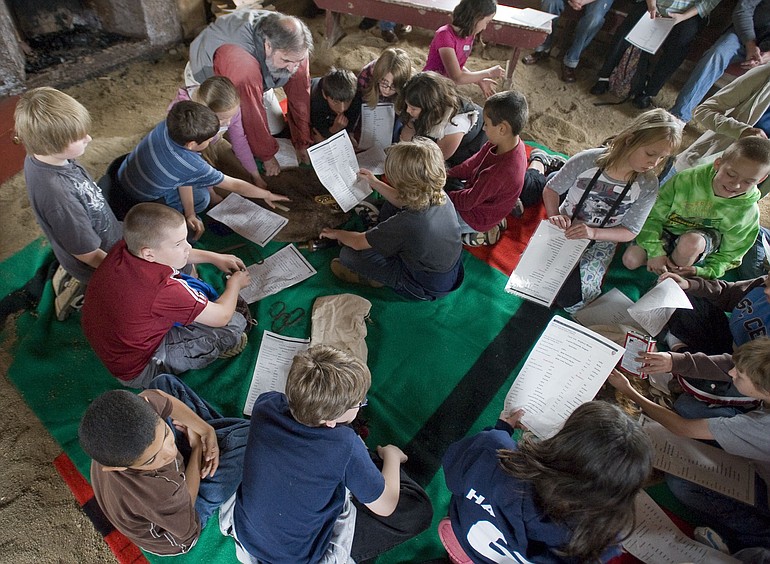o What: Brigade Encampment at Fort Vancouver, and grand opening of the Historic Village, two furnished replica houses.
o When: 10 a.m. to 5 p.m. June 19-20. (The fur brigade starts at 9 a.m. June 19 on the Columbia River and crosses over the Land Bridge into the village).
o Where: In and surrounding the stockade at Fort Vancouver, 1001 E. Fifth St., Vancouver.
o Cost: Free outside the stockade; entrance is $5 for a family, $3 per person inside the stockade. Younger than 15 free.
o Information: 360-816-6230 or http://www.nps.gov/fova/index.htm.
Neither Joanna LaFayette nor her sister, Lizzy, have an eye on wedding rings or marriage vows. The Vancouver girls, ages 13 and 15, have things to do, after all, like pursue an education and volunteer as period actors at Fort Vancouver National Historic Site.



